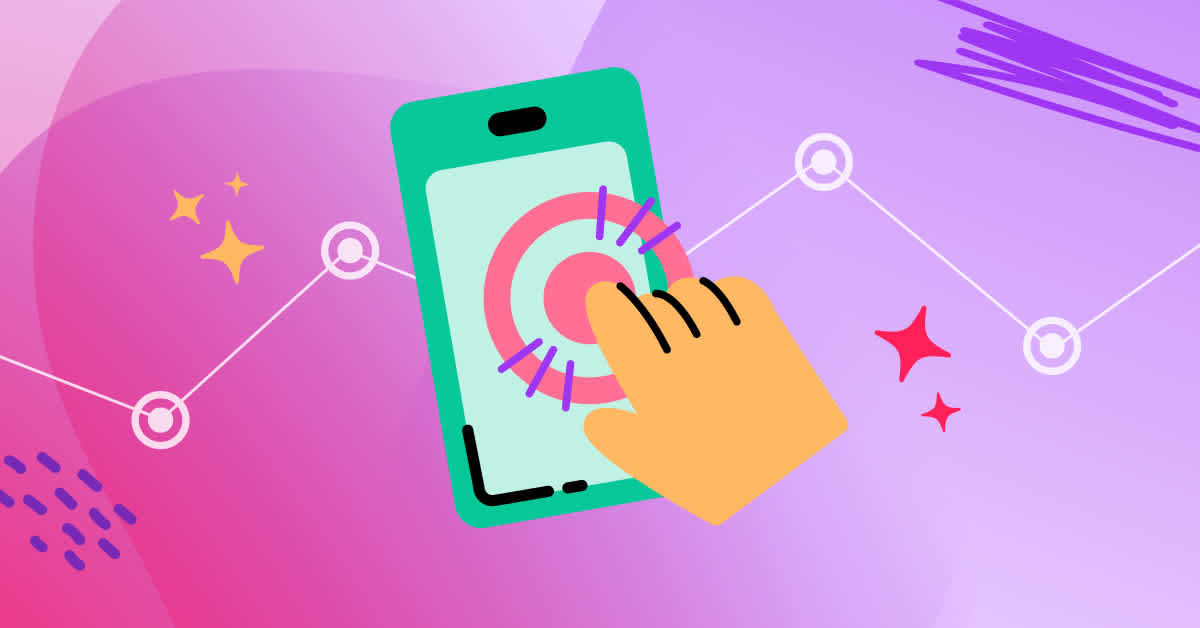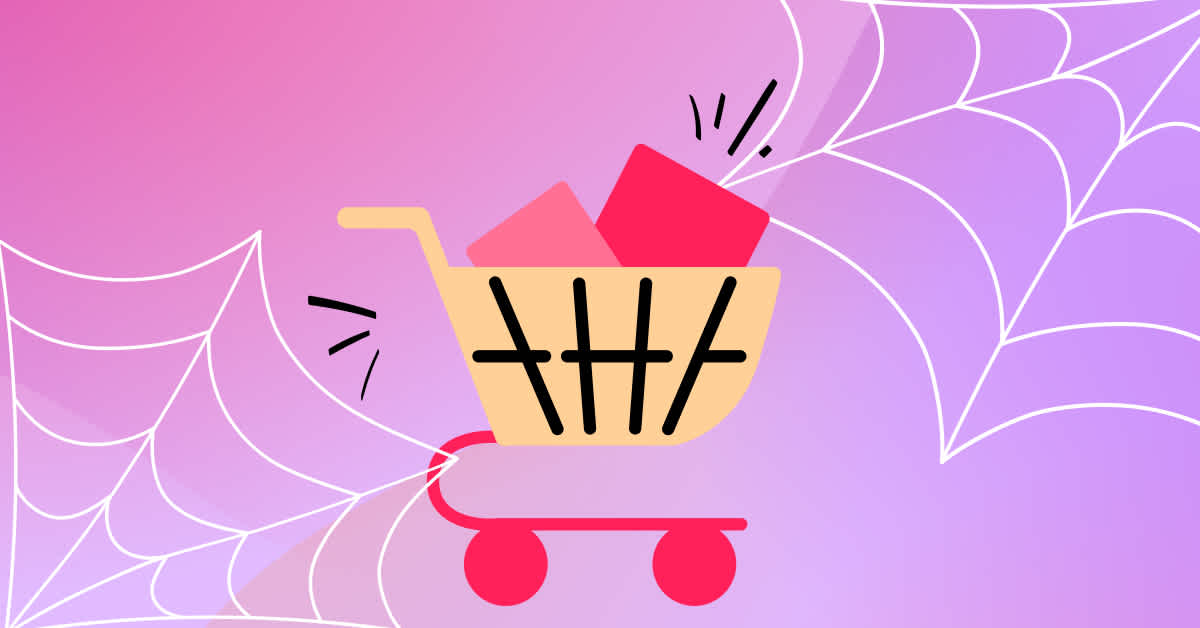In the world of ecommerce, where your competition looms just a tab away, creating personalized online shopping experiences is essential. But today’s consumer is more privacy-conscious than ever, with 67% of US adults turning off cookies or website tracking.
As a result, businesses are investing in first-party data to understand and engage with their customers, while AI is transforming the ecommerce landscape–offering powerful tools to personalize real-time shopping experiences in your online store and drive conversions.
What is ecommerce personalization?
Personalization in ecommerce is the practice of tailoring online shopping experiences to individual customers using data about their behavior, preferences, and history.
That might mean:
Recommending products based on past purchase history
Showing content based on browsing behavior or location
Delivering targeted marketing campaigns
Dynamically adjusting offers during an active session
Personalization strategies rely on first-party customer data, behavioral signals, and tools powered by AI-driven customer insights. When implemented well, personalization improves the customer experience and boosts online conversion rates, average order value, and long-term brand loyalty.
The challenges of ecommerce personalization
Even with emerging AI capabilities and the shift to first-party data, retailers still face severe obstacles to personalization and implementing an effective retail and e-commerce analytics solution.
Friction continues to derail purchase intent. According to retail data from our 2025 Benchmark report, rage clicks jumped 56% year-over-year, while exits after an error increased by 40%. These are clear signals that shoppers are engaging but getting stuck—or leaving entirely—due to bad UX.
On top of that, for most ecommerce brands, 80-90% of site visitors are anonymous, making it challenging to segment shoppers and tailor experiences. The shift away from third-party cookies has also made it harder to track user behavior and effectively target audiences.
To adapt, top online retailers are turning to behavioral data from Fullstory to help grasp customer sentiment and interpret intent.
Power personalization with behavioral data
Fullstory’s in-session intelligence captures digital behavioral data in real-time—even for anonymous visitors—helping ecommerce businesses understand exactly what’s happening with each shopper during the purchasing process, create shopper segments based on that user behavior, and then leverage AI to tailor personalized, in-the-moment, engaging shopper experiences.
With this competitive advantage, ecommerce retailers can:
Understand user behavior: Analyze customer behavior patterns such as scrolling, highlighted text, in-session browsing history, and page contents to gain a deeper understanding of individual customer preferences
Segment shoppers: Segment shoppers based on their past behavioral patterns to target specific groups with tailored content–including new visitors who are logged out and anonymous
Provide predictive content and offers: Match shoppers with personalized product recommendations and offers using AI-powered customer insights based on lookalike behavior and past interactions.
Optimize offers: Dynamically adjust pricing and promotions based on individual shopper behavior and market conditions
Benefits of personalizing experiences with customer data
With behavioral data powering your personalization efforts, your customer shopping experience will benefit across the board.
Protect your margin: Avoid issuing discounts to customers already committed to buying.
Convert more revenue: Deliver real-time nudges that push “movable” users to purchase.
Measure the value of traffic sources: Tie behavioral signals to marketing attribution.
Increase ecommerce conversions: Only show the right products, messaging, and offers.
Improve customer satisfaction: Make the experience feel personal and friction-free.
Increase average order value: Personalized recommendations can boost cart totals by showing higher-value or complementary products that align with current intent.
A personalized shopping experience helps increase customer loyalty
It’s not just about improving conversion rates; when shoppers consistently receive tailored experiences based on their individual preferences, order history, and past interactions, they’re more likely to return and spend more. Personalized product suggestions and targeted marketing campaigns help brands engage customers in ways that feel intuitive and relevant, creating the kind of engaging shopping experiences that drive repeat business.
Use Fullstory Anywhere for real-time personalization: A step-by-step example
Let’s say you want to convert more of your “movable middle” shoppers—those on-the-fence users who just need the right nudge to complete a purchase.
Here’s an example of how you could do that with Fullstory Anywhere: Warehouse.
Allison is a Digital Director at Cargo, a car rental app. She wants to send timely push notifications, including custom offers, to shoppers who signal they’re about to leave the app without finishing a booking.
Cargo’s stack includes:
Fullstory for real-time behavioral data
BigQuery as their data warehouse
VertexAI for modeling and prediction
Braze for push notification campaigns
Here’s how her team brings it all together:
Step 1: Send behavioral data through Fullstory Anywhere
Allison’s team uses Fullstory Anywhere to pipe session-level behavioral data—from taps and page visits to scroll activity and journey paths—into BigQuery. This gives them a complete view of shopper activity across sessions.
Step 2: Surface high-intent abandonment signals
With that data in BigQuery, the team uses VertexAI to highlight behavioral patterns that suggest a user is at risk of abandoning their booking.
Step 3: Train a predictive model
Those insights power a predictive model that helps segment shoppers—identifying those most likely to convert with a well-timed push.
Step 4: Trigger a real-time campaign
Using Fullstory Streaming Webhooks, they create an event trigger based on a specific combination of abandonment signals. When it fires, it kicks off a real-time workflow in Braze.
Step 5: Deliver the right message at the right moment
Braze sends a push notification with a personalized, dynamic offer to bring the shopper back into the booking flow and get them across the finish line.
And, as Cargo’s predictive model continues to collect customer data, the team can monitor performance and retrain it weekly (or as often as needed) to account for model drift, ensuring they have the very best data for future personalization efforts.
→ Want faster time-to-impact? With Fullstory Anywhere: Activation, you can turn real-time behavioral signals—like rage clicks, form stalls, or exit intent—into tailored content, support, or offers the moment intent is high.
Personalizing by intent to maximize conversions
Understanding a shopper’s mindset in the moment is key to delivering a tailored experience that drives action. Instead of guessing what to serve, use behavioral signals and AI-powered customer insights to align content and messaging to their level of intent—whether they’re ready to buy or still deciding.
Many personalization strategies lean too heavily on static traits or segments. But with tools that surface live customer inputs—like rage clicks, exit intent, or low scroll depth—you can respond to behavior dynamically, not after the fact.
Here's how to adjust your personalization strategy based on customer intent:
✅ Ready to buy: These shoppers show clear intent signals—minimal backtracking, high engagement with pricing or availability. Avoid unnecessary distractions and make checkout seamless.
❌ Will not buy: Some visitors are unlikely to convert, especially if they bounce immediately or exit after an error. Based on Fullstory’s Behavioral Data Index, “exit after error” events rose 40% year-over-year, making it critical to fix broken flows instead of over-optimizing dead-end visitors.
💰 Movable middle: The largest—and most lucrative—group. These shoppers are still deciding and can be influenced by well-timed nudges. Use real-time signals like hesitation, scroll behavior, or form abandonment to trigger targeted messaging.
Pro tip: Adaptive personalization using past purchase history, order value, or engagement patterns helps tailor outreach based on actual interest, not assumptions.
By aligning your personalization tools to customer behavior and shopping experience signals, you gain a competitive edge and can maximize conversion opportunities.
Build personalized experiences with Fullstory
Ready to bring personalized shopping experiences to life? team for step-by-step technical instructions on implementing behavior-driven personalization in your ecommerce personalization strategy.




